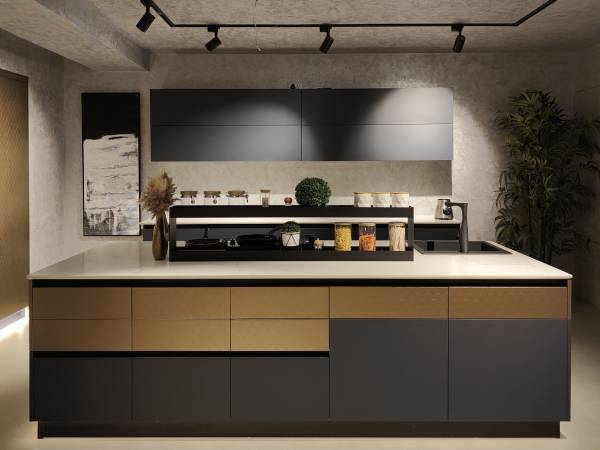Kitchen trends often come and go, but some leave a lasting impact on how we live and interact with our homes. Composting has taken center stage as one of these transformative trends. With growing awareness of environmental sustainability and the need to reduce food waste, composting has become more than just a hobby.
Here’s why composting is becoming the next big kitchen must-have and how you can integrate it into your daily routines efficiently.

Composting and the Environment
Composting is a simple way to reduce food waste by breaking down organic materials into a nutrient-rich soil additive. The environmental benefits of this practice are immense.
According to studies, food waste accounts for approximately 30-40% of the total waste in landfills, where it generates methane gas, a potent contributor to climate change. By composting, you’re actively diverting waste from landfills and transforming it into a resource that can enrich the soil and support plant growth.
With the climate crisis at the forefront of global conversations, many people are adopting sustainable practices to lower their carbon footprint. Composting is a practical, hands-on solution you can start from your kitchen.
The Rise of Compost-Friendly Kitchens
The growing demand for eco-friendly living has already influenced the design of modern kitchens in innovative ways. Compost integration stations, for example, are quickly becoming a sought-after feature in new kitchen builds and renovations. These stations are designed to make composting more accessible, organized, and visually appealing.
Many appliances and storage solutions now offer built-in compost bins that seamlessly fit under the counter or within cabinet spaces. These hidden compartments neatly collect scraps without disrupting the aesthetic or functionality of the kitchen. Some systems go a step further with odor-sealing lids and biodegradable liners to keep things clean and hygienic.
Tips for Seamlessly Integrating Composting
Want to make composting part of your routine?
Here are some tips to get started in your kitchen:
Designate a Composting Space
Choose a fixed spot in your kitchen for your compost bin or station. Countertop bins are great for smaller households, while under-sink pull-out bins work well for larger families.
Educate Yourself on Compostable Materials
Know what to compost and what to avoid. Fruit and vegetable scraps, coffee grounds, eggshells, and tea bags are great, while meat, dairy, and greasy foods should stay out of the bin.
Invest in a High-Quality Compost Bin
Look for bins with odor-blocking features and easy-to-clean surfaces. Stainless steel or compostable bucket liners can help keep things tidy.
Create a Compost Routine
Make composting part of your cooking rhythm. For example, collect scraps as you prep meals and empty the indoor bin into an outdoor compost pile or municipal collection weekly.
Combine with Zero-Waste Practices
Pair composting with other eco-friendly habits, like using reusable containers or buying loose produce, to create a more sustainable kitchen environment.
Conclusion
Composting is not just a passing trend, it’s a practical step toward greener, more mindful living. Modern kitchens are evolving to reflect this shift, offering stylish, user-friendly solutions that make composting accessible to everyone. By incorporating composting into your daily routine, you’re not only reducing food waste but also contributing to a cleaner, healthier planet.

